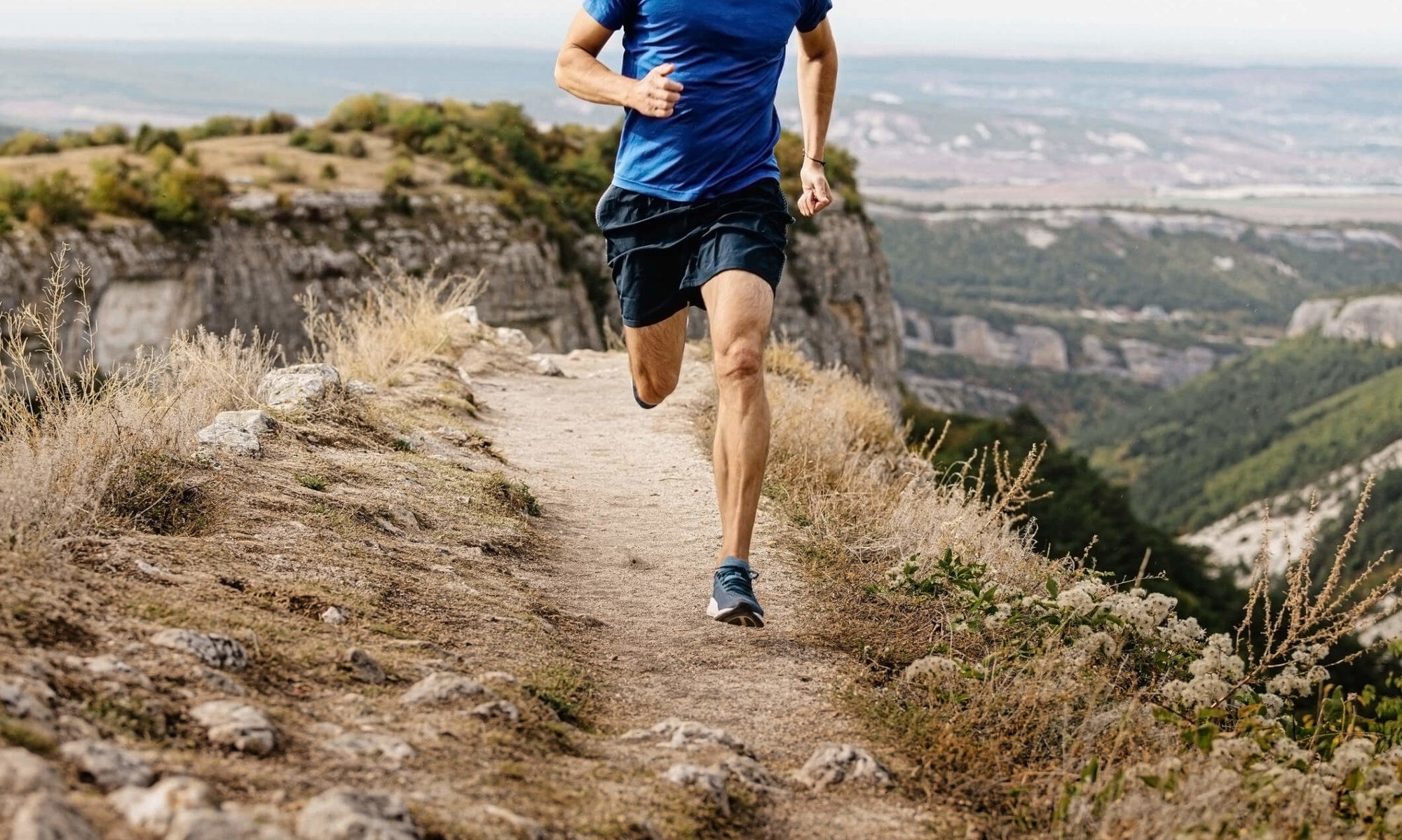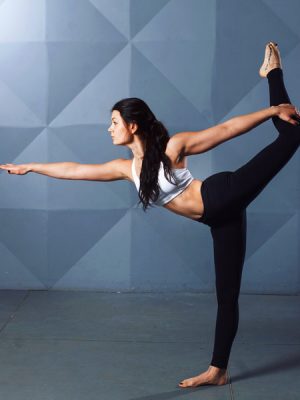FLEXIBILITY: ONE VERY IMPORTANT pillar of a fit AND Healthy lifestyle
In our present-day culture where big health corporations can overshadow the hidden potential of preventative wellness, it is easy to forget about one of the greatest assets to good health: flexibility.
Improving flexibility can improve muscular balance, joint alignment and structure, and postural breathing. Yoga styles (ex. Hatha, Vinyasa, Bikram) can also help promote relaxation while improving peripheral muscle endurance – some even using hot and humid environments to increase the pliability of muscle tissue.
For over 10 years I’ve led students and athletes through many intense stretch sessions, and in terms of injury prevention, I believe stretching to be just as valuable as time spent engaged in weight training or cardiorespiratory conditioning.
Research has shown that prior to exercise, the most effective means of stretching is dynamic (or ballistic) stretches performed with a body in motion to help increase muscle temperature and facilitation. Static (or mostly stationary) stretching with hold periods is most beneficial when performed after exercise, but it can also be helpful when needed at times prior to physical activity.
Below are a few of my favorite stretches; I encourage you to make time to stretch at least 3x/week and you will feel the difference!
– CHRIS BORGARD
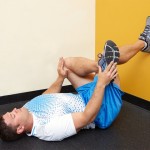 Start close to a wall lying on your back. Place one foot up on the wall with the tailbone staying on the ground. If you are a proper distance from the wall the knee of the wall leg will be bent to 90 degrees.
Start close to a wall lying on your back. Place one foot up on the wall with the tailbone staying on the ground. If you are a proper distance from the wall the knee of the wall leg will be bent to 90 degrees.
Place the ankle of your other leg just below the knee of the wall leg. You should feel a stretch near the outside of your hip. Enhance this stretch by gently pressing the crossover knee towards the wall.
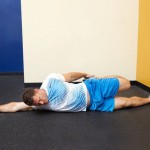
Lie on your right side with right leg and right arm extended. Flex your left knee, grabbing the ankle. Slowly try to work your heel to touch your butt.
Stay perpendicular to the ground lying on your side and try to keep the hips forward during the stretch.
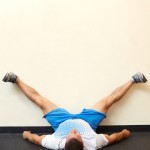
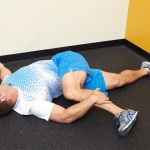
Start on your back with both legs straight.
Bend your right knee 90 degrees and bring it across your body. Keep your right shoulder on the ground with right arm extended, looking in that direction.
Hold this position with slow relaxed breathing, using your left arm to put pressure on the outside of your thigh. Once you are no longer feeling a stretch, you may extend the bent leg, making sure the other leg also stays extended and in line with the spine.
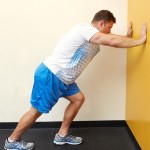
Lean forward with arms extended pressing into a wall or fence.
Place one foot forward with knee bent and foot flat on ground.
Keep back foot in line with spine and press back to feel stretch through the lower leg. Keeping the back heel flat on the ground with knee extended stretches proximal calf muscle; bending the back knee and lifting the heel stretches lower.
Start close to a wall lying on your back.
Extend both legs up on the wall with soles of the feet facing up. The tailbone should stay in contact with the ground – right up to where the wall meets the floor. Keeping legs extended, spread them as wide as comfortably possible. After a period of time, try to work the feet wider apart. Enhance this stretch by pressing on the tops of your thighs.
